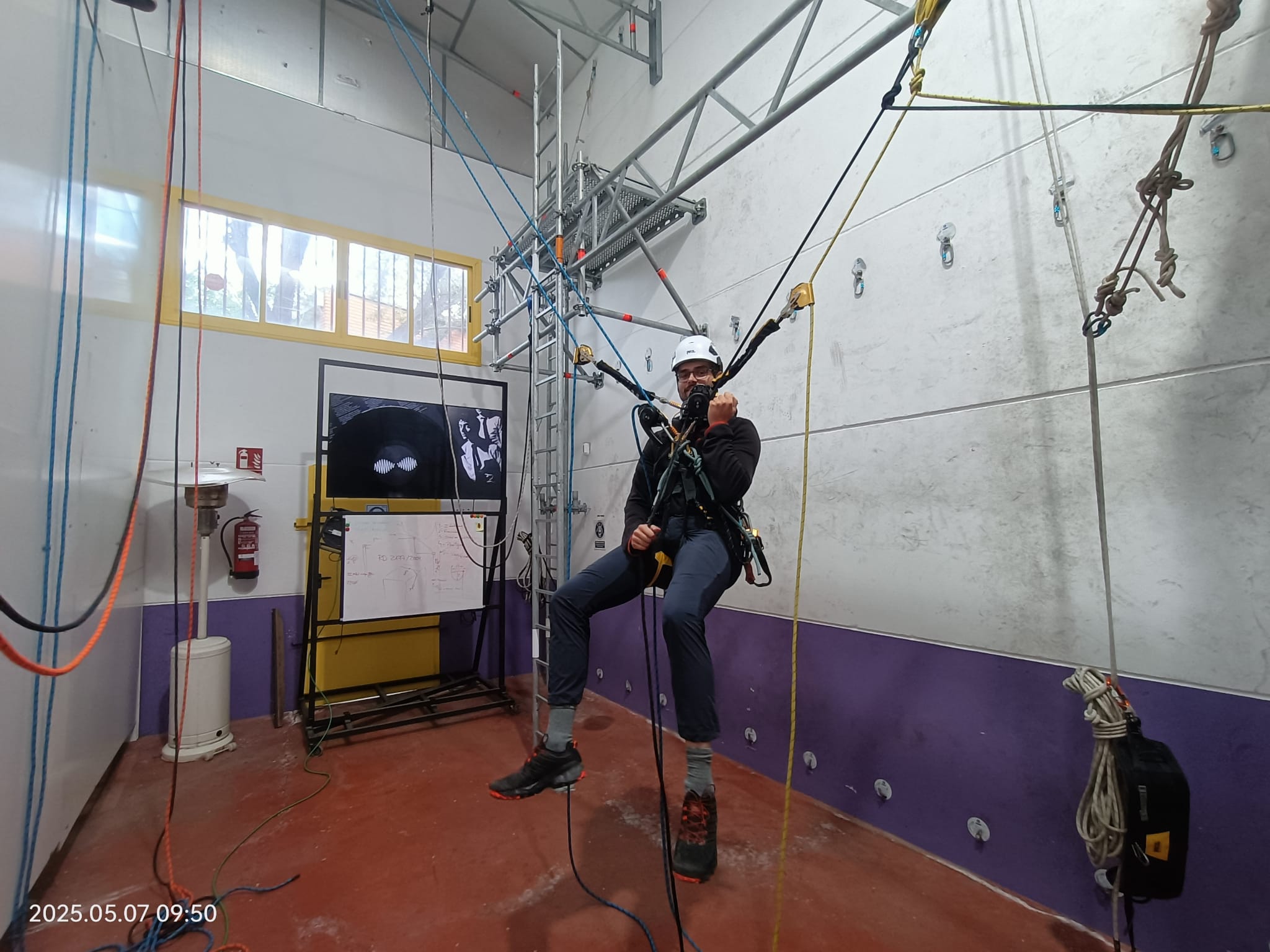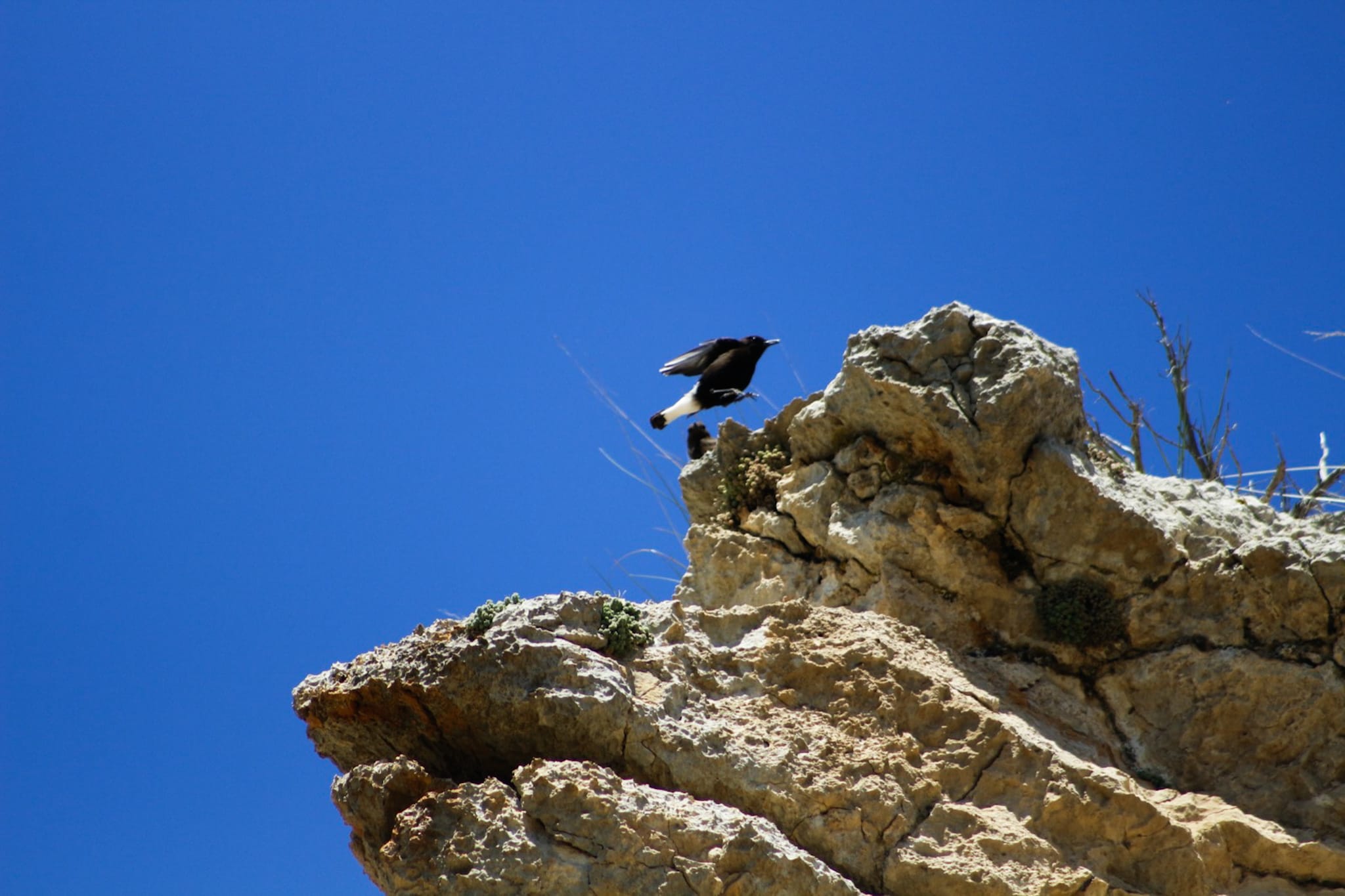Cómo los perros entrenados están revolucionando la conservación ambiental y la detección de fauna en estudios de impacto ecológico
The use of dogs by human beings is as old as their own domestication. Since canids accompanied man on his nomadic wanderings, he used their extraordinary qualities for a multitude of tasks ranging from caring for camps to accompanying him on hunting trips. A relationship that has grown ever closer over the centuries and that has lasted to this day in many areas of action. One of them is conservation biology and environmental impact management.
The first works in conservation biology with dogs date back to the end of the 19th century, although it was in the 1990s that their use began to spread to monitor species, detect trails, locate nests, capture specimens, etc. Since then, canid abilities have been applied in a multitude of studies with bears, martens, lynxes, foxes, armadillos, turtles, snakes, birds, bats, pumas and even in tracking whales or locating invasive plants. Their olfactory capacity allows them to be able to detect and remember thousands of different odors, even in the presence of other distracting odors or in proportions of a few parts per trillion, making them very effective tools in reducing the cost/benefit ratio, presenting error rates much lower than humans, being able to discriminate between different species, detecting inobvious traces or being able to work in a wide variety of habitats.
Taking up the baton of its enormous potential and plasticity, Ideas MedioS.L. began to develop in January 2012, as part of the company's R+D+i programs, the project BIOCAN UTILITY for the training and use of dogs in managing the impact generated by infrastructures on fauna, and their comparison with humans. Thus, we began training our dogs in the specific detection of bird and chiropteran corptera associated with interactions with wind turbines.
Celtic
To this end, the technicians of Ideas MedioS.L. based their training on the basic guidelines of operant conditioning, by which the behavior of dogs is rewarded (“reinforced”) with the intention that it will be repeated more frequently in the future. Following this line, training began to be trained to detect corpses of birds and chiroptera in different states of decomposition and environments, so that once “fixed” the odors were able to locate and mark them according to established guidelines and with little margin of error. In parallel, and in order to define to what degree dogs are more effective than human searchers in detecting corpses, experiments of the same nature were carried out with technicians specialized in environmental monitoring of infrastructures. In total, detection was carried out with 50 species belonging to 30 different taxonomic families, from small chiropterans and passerines to large raptors or woodpeckers, to carrying out 599 detection experiments with dogs and 121 with humans.
After months of work, we completed the project in the summer of 2013 with the conviction that dogs, as a work tool for locating corpses associated with infrastructures, have no competence compared to conventional techniques. The results obtained in the project BIOCAN UTILITY they endorsed the resounding success of Man's best friend with respect to people, with an average effectiveness for the first of 78% compared to 21% of human search engines. But the differences don't end there. In relation to the sizes of the species, and contrary to what one would expect when considering that those larger species would be more easily detectable, the dogs did not show any bias for this variable, locating the species regardless of their size. Not so with human searchers, who did express a clear tendency to detect larger bodies to the detriment of smaller ones.
Effectiveness by size
The works framed in the project BIOCAN UTILITY have highlighted several fundamental aspects for the correct assessment and management of infrastructure-induced mortality. On the one hand, they demonstrate the high suitability of dogs when it comes to adequately estimating the degree of impact in relation to the mortality they cause, and evidence the scarce capacity of humans in field work. They also reflect that canine finders are little or not influenced by terrain conditions or the characteristics of corpses, which gives them an important advantage over conventional human search techniques. These aspects also point to a better cost/benefit ratio of dogs compared to technicians, which could ultimately improve the environmental management of different projects, reducing control costs in the medium and long term. Finally, it raises the question, no less, of whether current monitoring is adequately assessing the magnitude and characteristics of infrastructure impacts, given the scant success shown by human searches.
Currently, Ideas MedioS.L. continues to work with BIOCAN UTILITY, applying the knowledge acquired in other projects, and analyzing the data to be able to assess more precisely the effect of vegetation structure and weather conditions on the search capacity of dogs and humans. We hope to be able to release all this information in a short period of time to make it available to the scientific community and the general public.
And remember, dogs are man's best friend and also an environmental consultant's best friend.
Ideas we share
What we really think. 0% spam contamination


.avif)

.avif)




